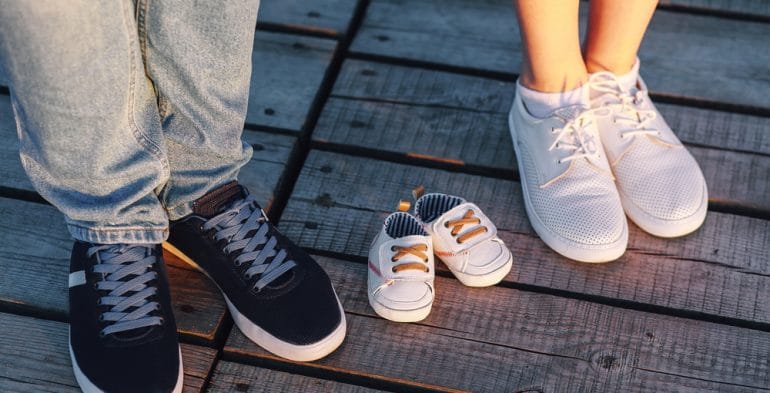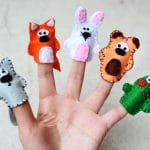
Baby’s First Shoes: the importance of correct fitting shoes
No one knows when people started wearing shoes but just about everybody agrees that wearing them makes sense. We wear shoes to protect our feet from sharp stones, thorns and blisters, to keep them clean and protect against dirt and germs. We wear shoes to protect, for comfort and for style.
It makes sense then that we should continue this theme and that our children’s shoes should not cause harm!
Badly fitting shoes can deform feet and impede development, so it is important to choose the right shoes and to make sure that our children are ready to wear them.
Your baby’s feet
When children are born their feet and legs are curved because of spending many months developing in the womb. They will straighten out naturally as they grow but this can take a few years.
Baby’s feet are soft and malleable and this means that badly fitting shoes can drastically alter the shape of the foot and can lead to problems with walking and running in later life.
First steps
By the time your baby is between 10-16 months, they have been crawling a while and should begin to take their first steps. When babies start to walk they can look flat-footed, partly because of the way they waddle to keep their balance, and partly because of fat deposits in their feet. At this stage, let them walk barefoot if possible, but if you feel they need protection, choose soft shoes with a non-slip, light and bendy sole.
We are lucky to live in the “age of the trainer” and most chiropodists will agree that well fitted baby training shoes are almost perfect for a child’s feet from first steps to adult life.
When to buy proper shoes
Experts say that toddlers don’t need proper shoes until they can walk well. So once they’ve been toddling comfortably for about six weeks, it’s time to buy these shoes. For this you should always have their feet measured by a qualified children’s shoe-fitter. This is important because well-fitting shoes help to control the feet and keep baby balanced as they walk. Reputable companies all take pride in their knowledge and will have specially-trained fitters on hand.
The first fitting
Make sure you feel comfortable with the shop and the fitting staff. Your fitter will measure the length and width of your toddler’s feet. Properly fitting shoes should be about 12-16mm longer than the baby’s big toe, and wide enough for all the toes to lie flat, but not too loose. Your baby’s heel should be held securely in place. If their foot slips out when they are walking or standing on tiptoe the shoe doesn’t fit properly.
Spotting problems
The vast majority of babies are born with no problems, and by the time they’re 3 their feet and legs will have straightened out by themselves. Occasionally, feet or legs don’t develop normally – here’s what to look out for:
• If the front half of the foot is very curved, doesn’t straighten when you pull gently and has a deep crease in the sole where it begins to curve, then mention this when at your baby clinic.
• Most toddlers are pigeon-toed (toes face inwards) from 1 ½ until they’re around 3 years old. This should disappear naturally, but if you toddler is tripping over more than you think they should, take them to your doctor.
• By the age of 3, your toddler will probably have developed an arch in the sole of their foot and those flat feet will disappear. If they stay flat beyond 3, it’s worth getting them checked out by your doctor.









